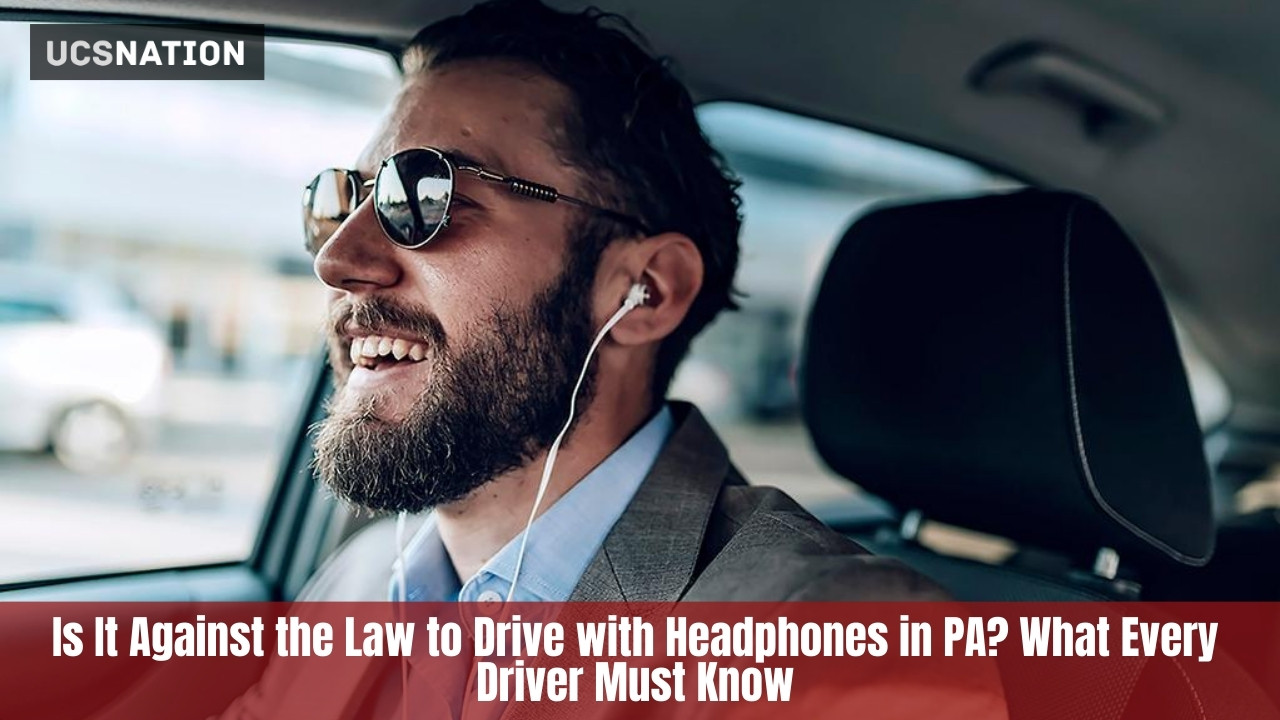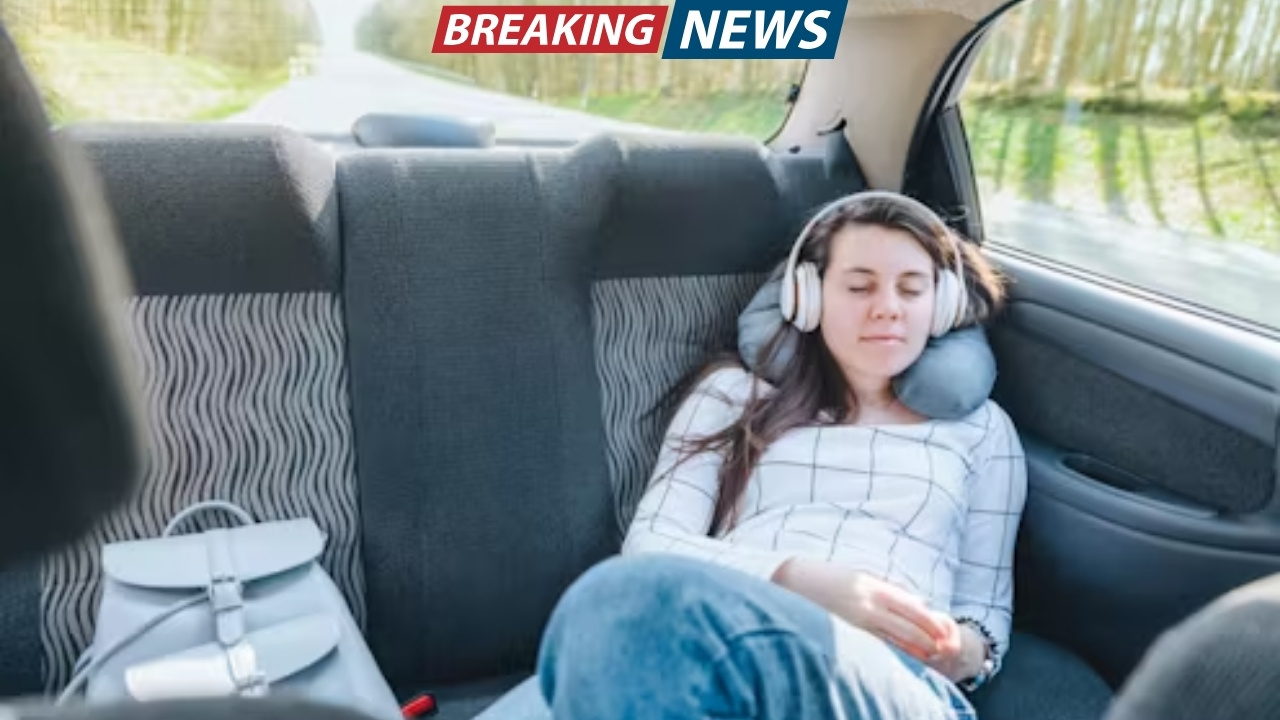Understanding the laws surrounding driving safety is essential for every driver in Pennsylvania. Among the numerous regulations meant to protect drivers, passengers, and pedestrians alike, one question often arises: Is it illegal to wear headphones while driving? With technology evolving and the rise in personal audio devices, this topic is more relevant than ever in 2025. This article delves into Pennsylvania’s current laws, the rationale behind them, exceptions, and the implications for drivers.
The Law on Wearing Headphones While Driving in Pennsylvania
In Pennsylvania, the state’s Vehicle Code explicitly addresses the use of headphones or earphones while driving. The law prohibits drivers from operating a vehicle while wearing one or more headphones or earphones. This means that using devices that cover both ears, such as typical headphones or earbuds playing music or other audio, is illegal behind the wheel. The legislation is designed to ensure drivers maintain full awareness of their surroundings without audio distractions or sensory barriers.
Allowable Exceptions to the Headphone Law
While the general rule disallows wearing headphones during driving, the law provides certain important exceptions. For instance, drivers are permitted to use cell phone headsets or Bluetooth devices that cover only one ear. These devices enable communication while allowing the driver to keep the other ear open to ambient sounds. Similarly, drivers who use hearing aids or other medical devices designed to improve hearing are exempted from this restriction.
Emergency responders operating police, fire, or ambulance vehicles are also allowed to use communication devices without violating this law, given the unique nature of their duties. The fundamental principle behind these exceptions is to enable necessary communication without compromising a driver’s ability to hear critical traffic and environmental sounds.
Why Wearing Headphones While Driving Is Dangerous
Hearing is a critical sense for safe driving. Drivers rely on auditory cues to monitor their environment in ways that vision alone cannot achieve. Sounds such as car horns, emergency vehicle sirens, railroad crossing warnings, and even the subtle noises from adjacent lanes provide vital information for timely reactions.
When wearing headphones or earbuds that block or alter external sounds, drivers risk missing these audio alerts. This sensory deprivation reduces situational awareness and increases the risk of accidents. Research and virtual simulations have demonstrated that drivers distracted by audio isolation are slower to respond to important street cues, such as an approaching emergency vehicle.
Moreover, headphones can also act as a cognitive distraction. Listening to music, podcasts, or audiobooks can absorb a driver’s attention, diverting their focus from the road. Even momentary lapses in concentration while driving can lead to dangerous situations, sometimes with fatal consequences.
Statistics and Safety Data Relevant to Pennsylvania Drivers
Distracted driving remains a significant cause of traffic accidents in the United States, including Pennsylvania. According to national safety agencies, thousands of fatalities annually can be attributed to distracted driving behaviors. While texting and mobile device use receive much public attention, auditory distractions including headphone use contribute to the problem.
Pennsylvania departments have highlighted that anything impairing a driver’s ability to hear surrounding sounds constitutes a distraction. This includes wearing headphones, which can drastically reduce a driver’s chances of hearing critical warnings and reacting promptly to road hazards.
The penalties for violating this law reflect the seriousness of the offense. Drivers found wearing headphones while operating a vehicle can be cited for distracted driving, which carries fines and court costs. While typical drivers may not face points on their license for such infractions, commercial drivers do need to be especially cautious, as headphones violations can impact their licensing status.
City Perspectives: How the Law Affects Drivers in Key Pennsylvania Urban Areas
In Philadelphia, one of Pennsylvania’s largest cities with heavy traffic and dense urban driving conditions, the importance of remaining alert to auditory cues is especially critical. Emergency vehicles responding to calls, the frequent honking of horns, and crosswalk signals are constant elements of Philadelphia’s streetscape. Drivers wearing headphones risk missing these sounds, increasing danger in this already complex traffic environment.
Similarly, in Pittsburgh, with its mix of highways, bridges, and urban roads, the risk of auditory distractions is acute. The city’s variable weather conditions, including fog and rain, further increase reliance on hearing external alerts while driving.
In Harrisburg, the state capital, and other mid-sized cities like Allentown and Erie, drivers face their unique traffic patterns and challenges, including the need to hear emergency sirens and crosswalk alerts in mixed residential and commercial zones. The headphone ban applies statewide, underscoring the law’s intent to create uniformity in safety practices regardless of location.
Practical Advice for Drivers in Pennsylvania
Given the legal and safety aspects, Pennsylvania drivers should follow these safety tips regarding audio devices behind the wheel:
-
Use the vehicle’s built-in stereo systems or speakers for audio enjoyment instead of headphones.
-
If hands-free communication is necessary, use a one-ear Bluetooth headset compliant with the law.
-
Avoid multitasking with audio content that could distract your mind even if you are not wearing headphones.
-
Stay alert to your surroundings by minimizing any devices or behaviors that impair your senses or focus.
-
Remember that even momentary distraction or sensory deprivation can dramatically increase accident risk.
What to Do If You Are Cited for Wearing Headphones While Driving
Receiving a ticket for wearing headphones while driving can be a frustrating experience, but understanding the law and consequences helps in addressing the situation. The fine for this offense generally includes monetary penalties and court costs. In addition, if you are involved in an accident while wearing headphones, you may be found more at fault due to impaired awareness.
Accidents caused by headphone use can lead to serious legal and financial consequences, including liability for property damage and injuries. Pennsylvania follows a comparative negligence system, which means fault can be shared or apportioned in accident cases, but being found over 50% at fault may bar you from recovering damages.
A responsible approach involves complying with the law, avoiding risky behaviors, and, if cited, seeking legal advice to understand your rights and options.
Looking Ahead: Trends and Potential Changes in Pennsylvania’s Driving Laws
The rise in headphone and earbud use while driving reflects broader changes in technology and lifestyle. As more drivers turn to personal audio devices, law enforcement and legislators are increasingly attentive to the safety risks involved.
While Pennsylvania currently prohibits the use of headphones covering both ears, technology-driven distractions continue to evolve, prompting discussions about stricter and more comprehensive distracted driving laws. Drivers should stay informed about legislative updates and traffic safety campaigns that encourage responsible driving.
Conclusion
In Pennsylvania in 2025, wearing headphones or earphones in both ears while driving is illegal because it impairs a driver’s ability to hear important external sounds, increasing the risk of accidents. The law allows some exceptions, including one-ear Bluetooth communication devices and medically necessary hearing devices. The rationale behind this legislation centers on protecting public safety by ensuring drivers remain fully alert to their surroundings.
For drivers in cities like Philadelphia, Pittsburgh, Harrisburg, and beyond, adherence to this law is crucial. Beyond legal compliance, it is a matter of personal and public safety in the shared space of the roads. By understanding the risks and following best practices for audio use while driving, Pennsylvania drivers can contribute to safer roads for everyone.














Leave a Reply